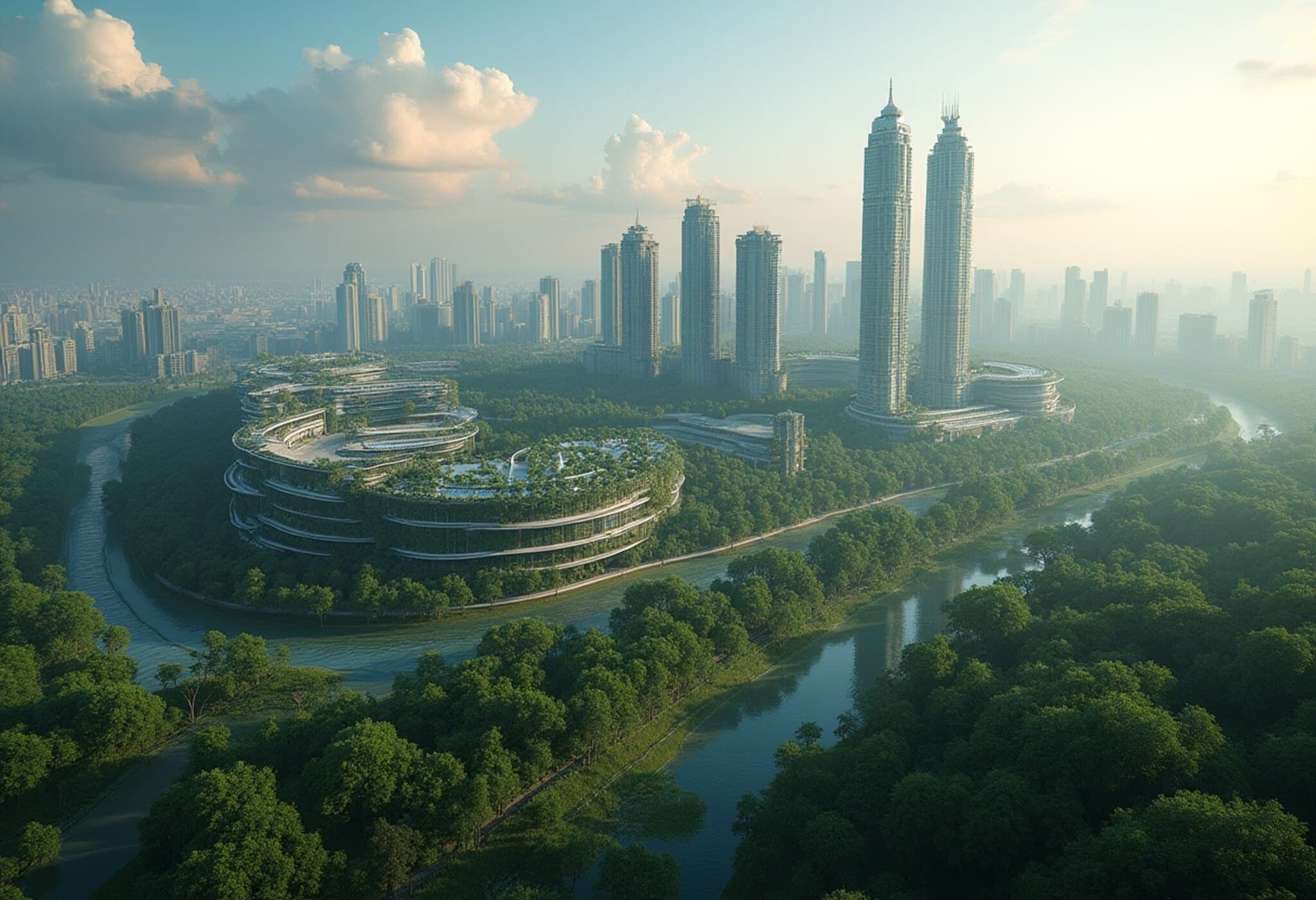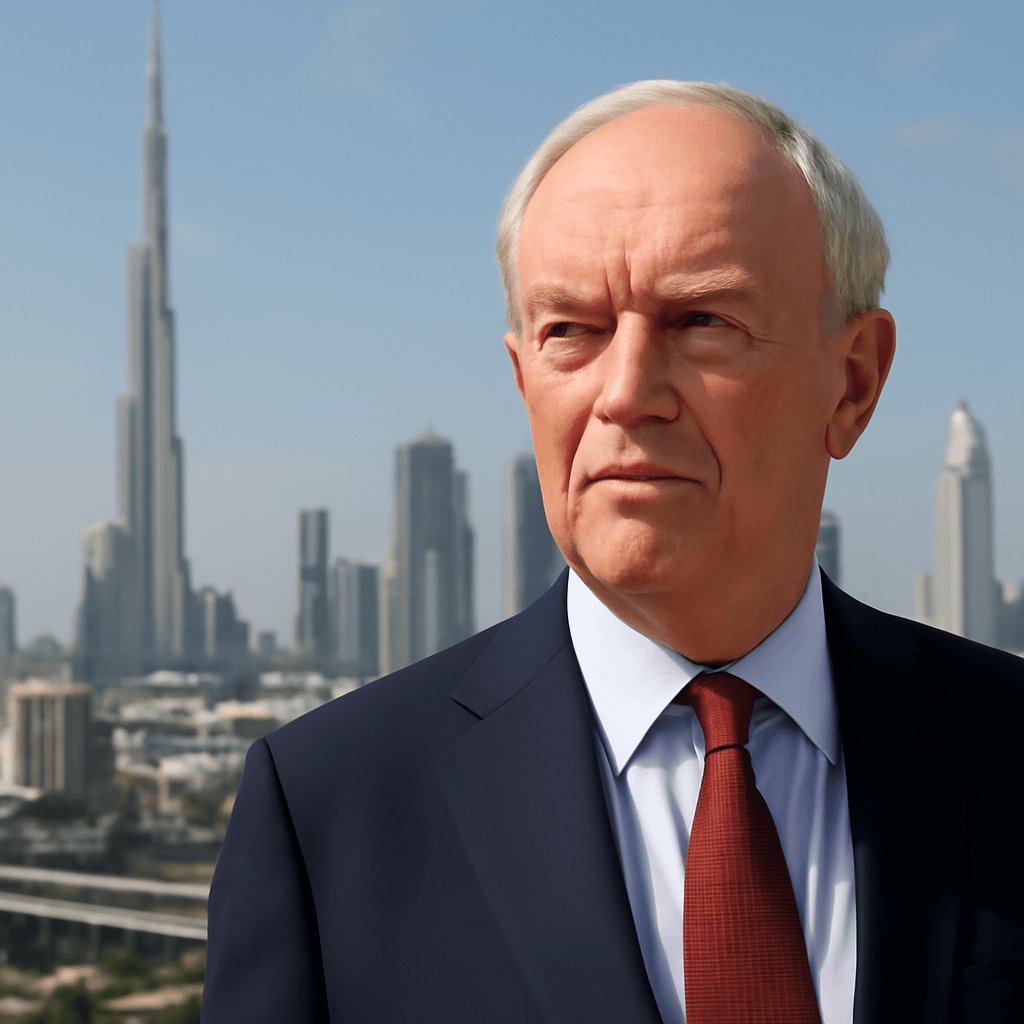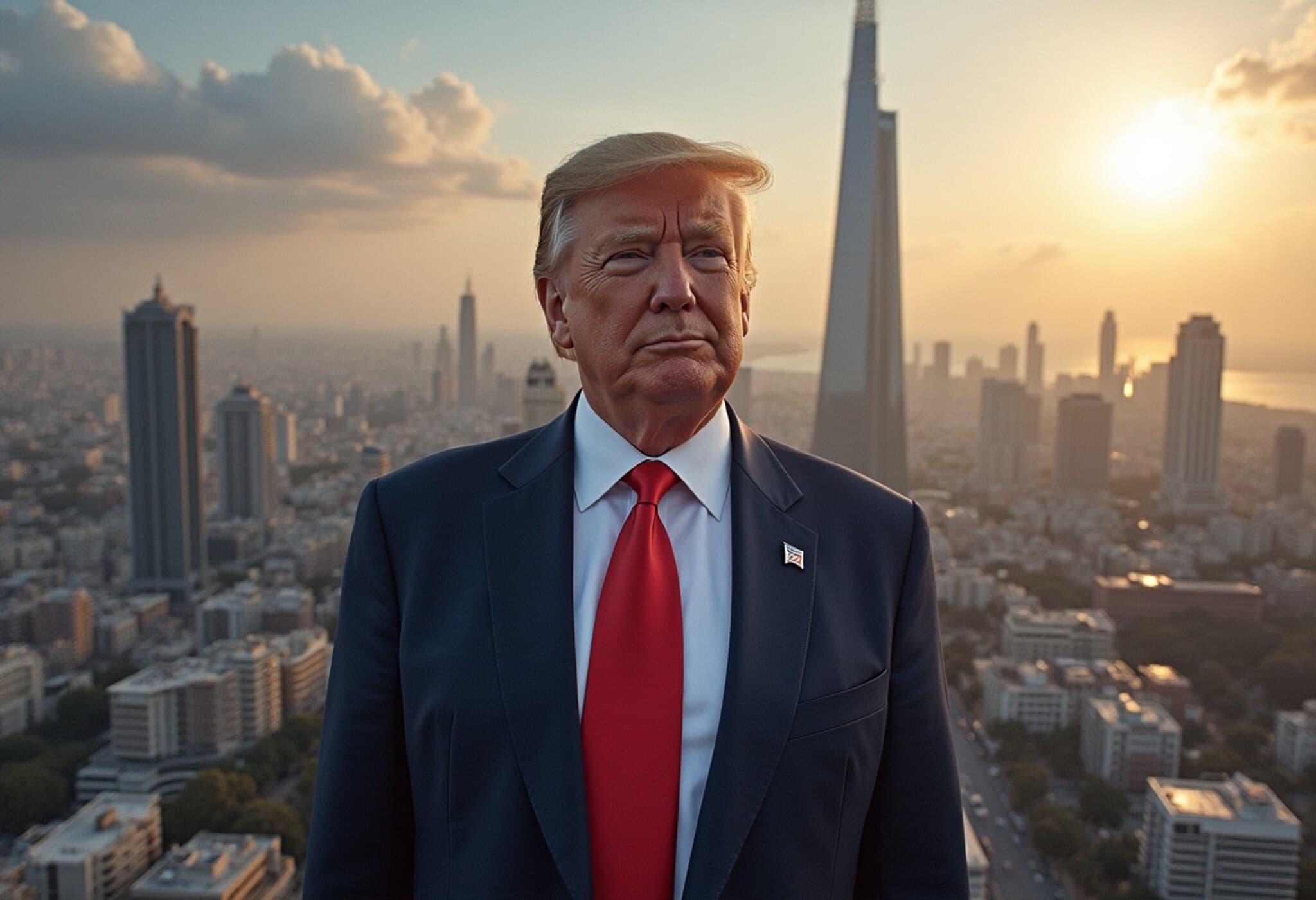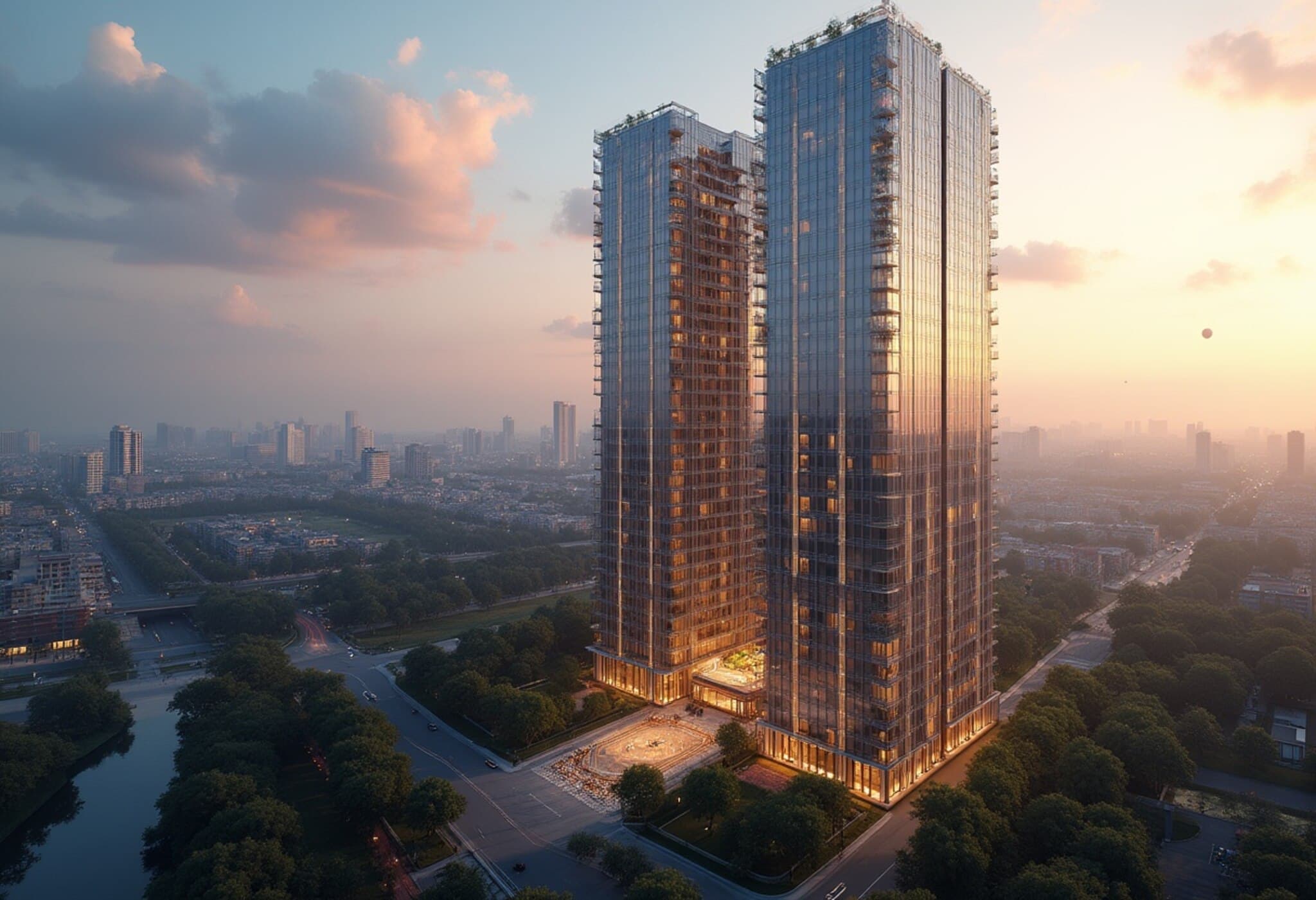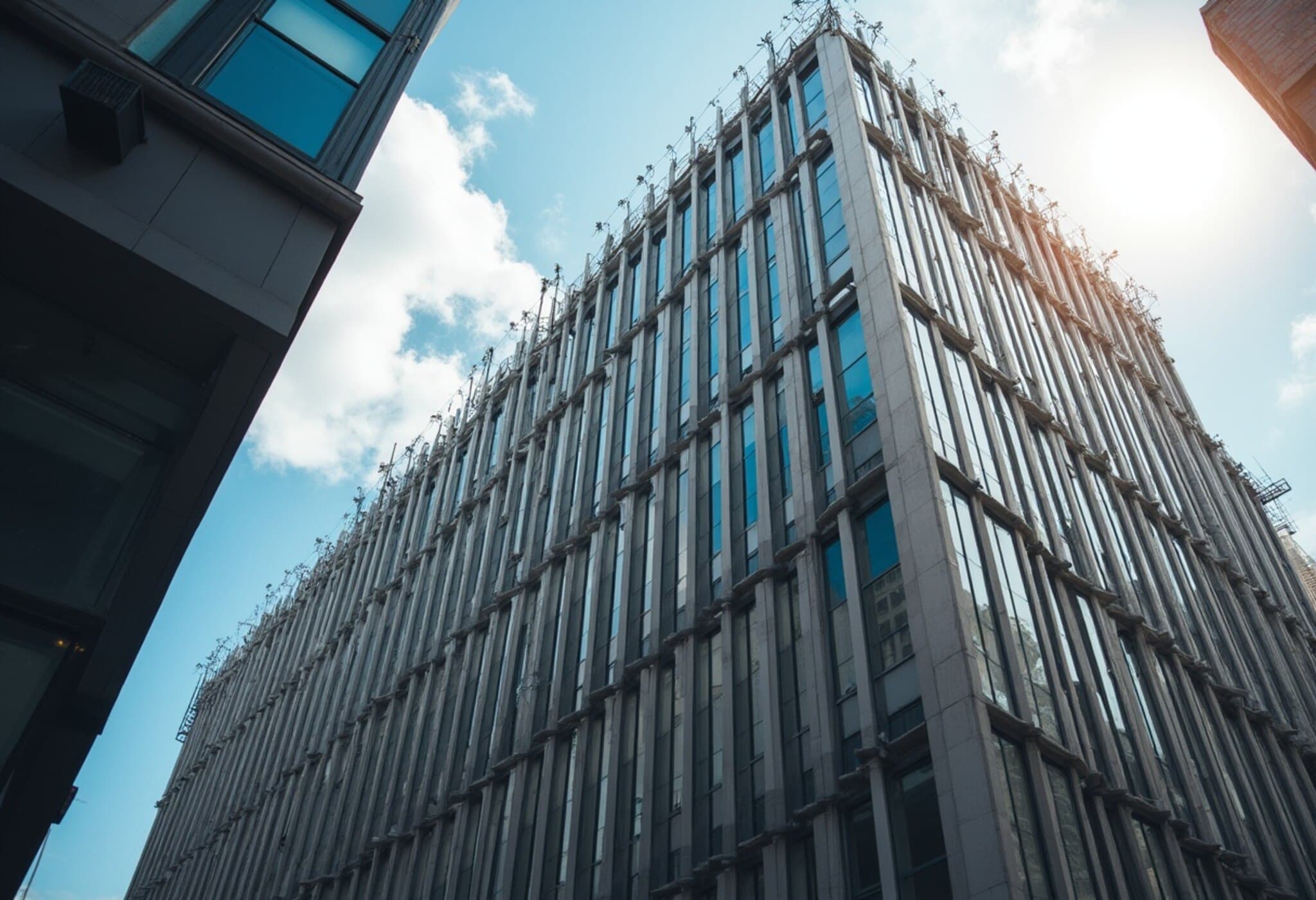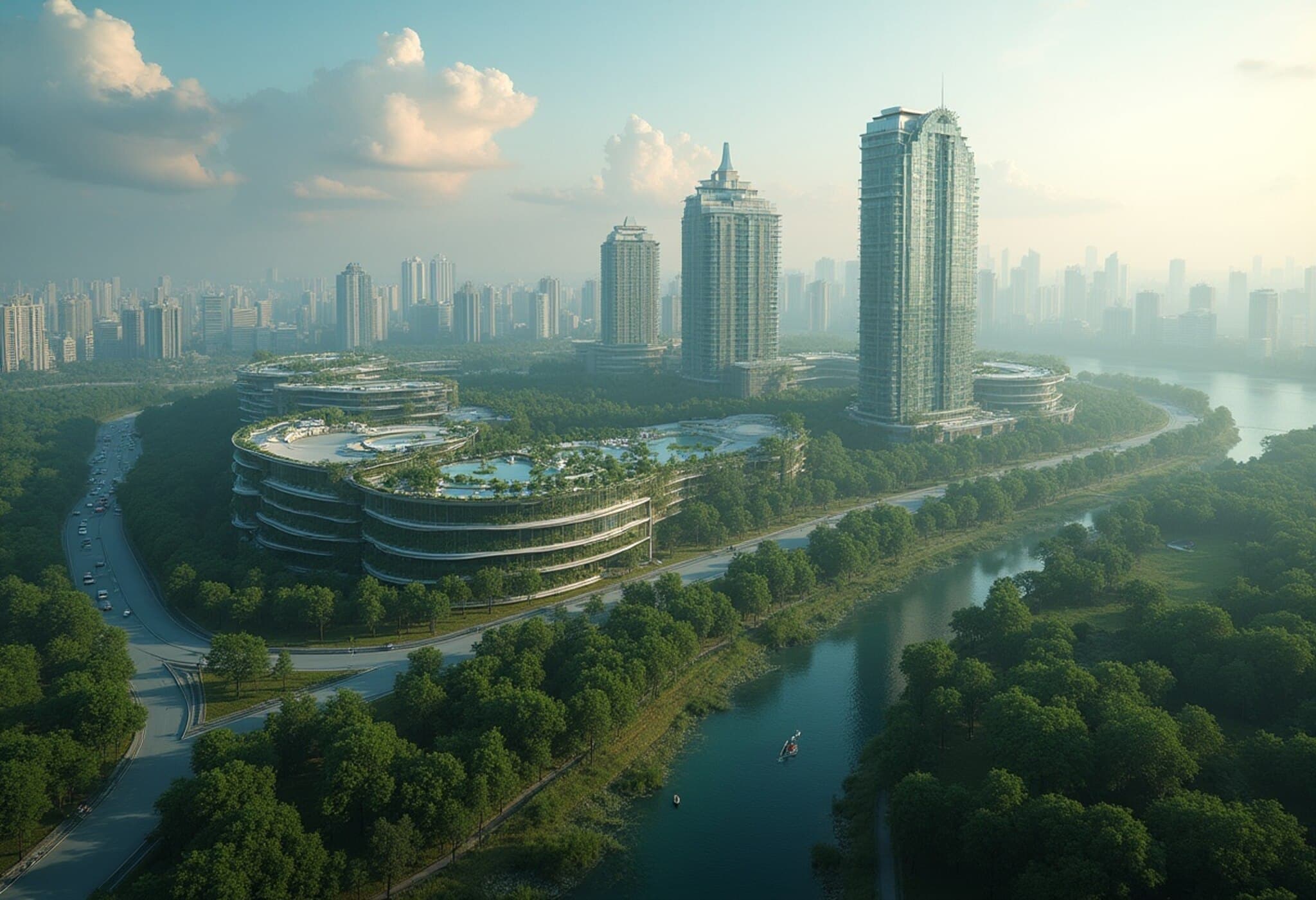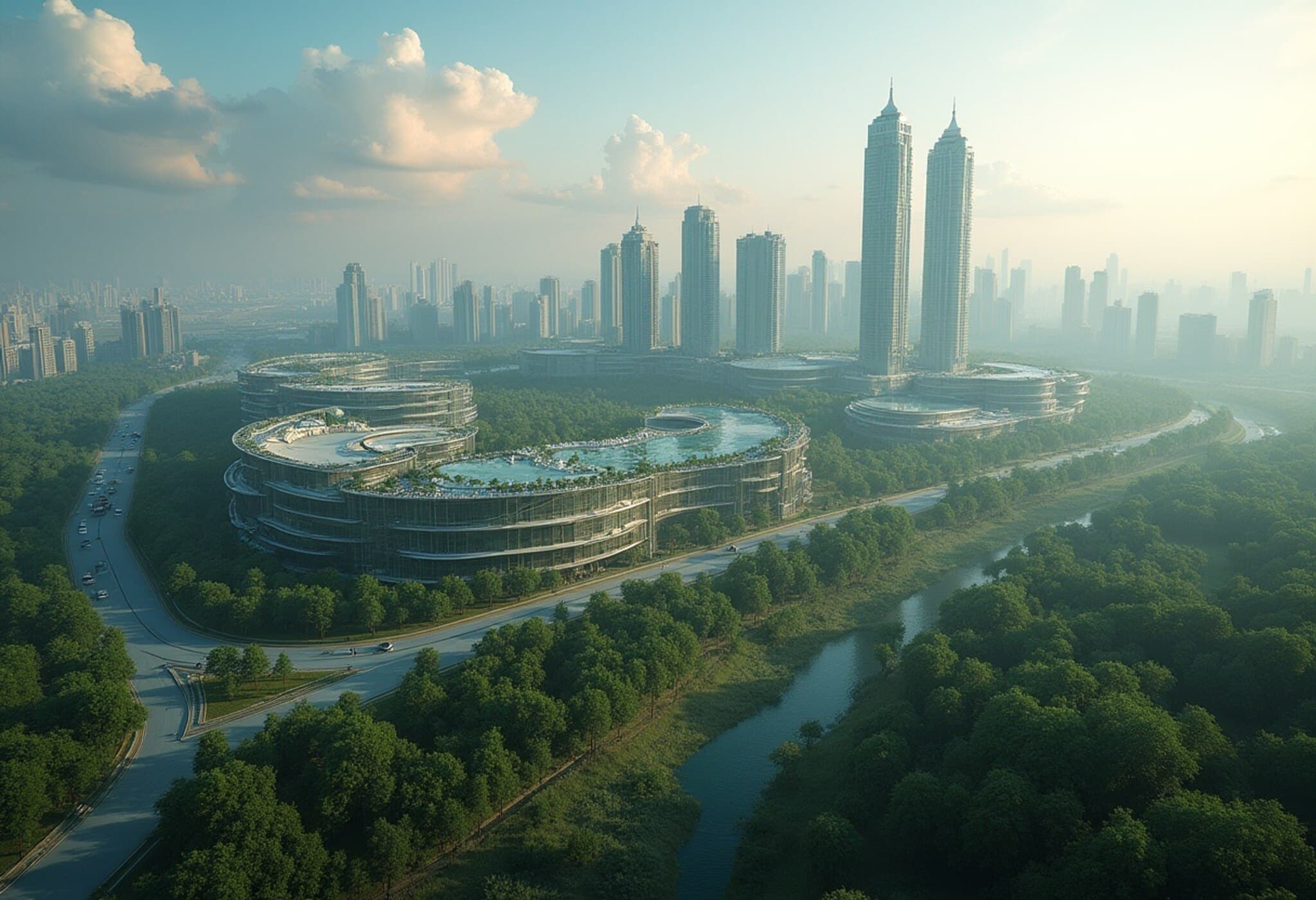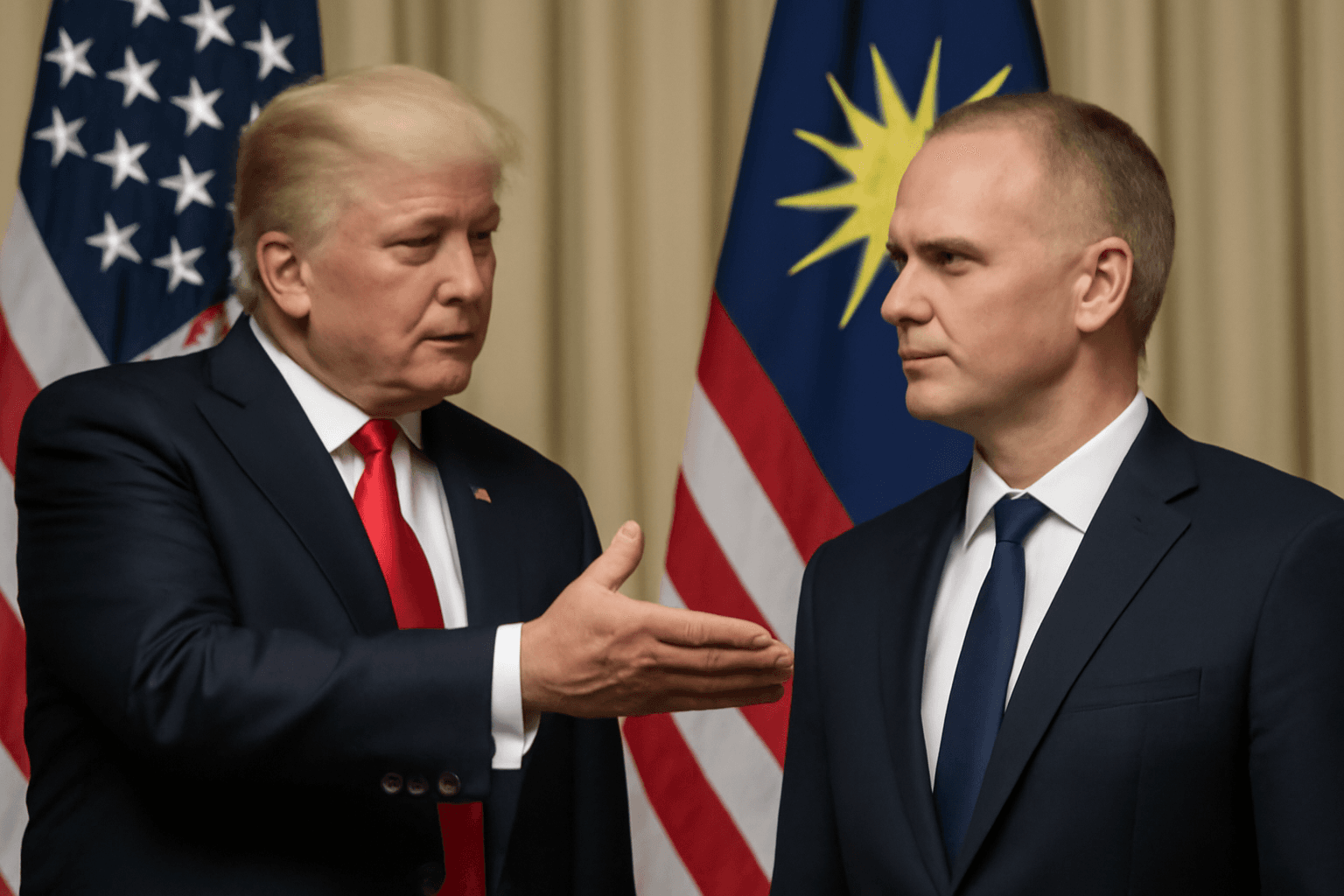A High-Stakes Vision Turned Uncertain Reality
Once heralded as a visionary $100 billion eco-urban paradise, Forest City in Malaysia was conceived by Chinese developer Country Garden as a sprawling metropolis designed to house around 700,000 residents. Today, however, this grandiose project sits largely incomplete — its future clouded by financial woes and a glut of unsold units.
Background: The Dream of a Sustainable Urban Oasis
Located on reclaimed land along Malaysia’s southern coastline, near the border with Singapore, Forest City was promoted as a groundbreaking example of sustainable, smart urban planning tailored to attract investors, expatriates, and affluent homebuyers, primarily from China. The development aimed to integrate green spaces, cutting-edge technology, and mixed-use communities into a futuristic living environment.
Country Garden’s Ambitions and Challenges
Country Garden, once among China's largest real estate firms, poured vast resources into Forest City starting around 2015. However, a combination of factors — including tightened Chinese capital controls, Malaysia’s shifting political landscape, and the global economic slowdown — undercut demand and complicated financing.
- Financial strain: Country Garden faced mounting debts and liquidity challenges, causing construction delays and stalling the completion of key phases.
- Regulatory hurdles: Malaysia implemented restrictions on foreign property ownership, limiting sales primarily to Malaysian citizens and affecting market dynamics.
- Market saturation: Thousands of residential units remain vacant, raising questions about the project's viability and regional real estate health.
Economic and Social Repercussions
This stalled megaproject offers a cautionary tale on cross-border investments, real estate bubbles, and the complexity of megadevelopments in geopolitically sensitive regions.
Local impact: While Forest City promised job creation and economic growth for nearby Johor communities, the current slowdown has dampened those hopes, affecting construction workers and local economies.
Environmental concerns: Despite branding itself as an 'eco-city,' the massive land reclamation has raised ecological red flags among environmentalists, including threats to marine biodiversity and coastal ecosystems.
Expert Insight: Lessons for Future Urban Mega-Projects
From a policy and economic standpoint, Forest City underscores the delicate balance between ambition and pragmatism. Experts emphasize that:
- Transparent financing structures and realistic demand assessments are critical for large-scale developments.
- Local integration and stakeholder engagement ensure that projects align with community needs and environmental sustainability.
- Adaptive regulatory frameworks must evolve to manage foreign investment while protecting domestic interests.
Additionally, the unfolding story of Forest City invites reflection on the global consequences of China's real estate sector volatility, the growing complexity of Southeast Asia’s urban landscapes, and emerging narratives around sustainable development amid economic uncertainty.
Looking Ahead: What Comes Next for Forest City?
With Country Garden’s financial distress showing no quick relief, the Malaysian government faces tough decisions on whether to intervene or let market forces dictate outcomes. Potential paths include:
- Restructuring or selling off assets to mitigate losses.
- Incentivizing local buyers by easing ownership restrictions.
- Revisiting environmental and urban planning goals to repurpose the space with greater emphasis on sustainability and livability.
Ultimately, Forest City’s fate could signal broader trends for mega-developments in the region and beyond.
Editor’s Note
Forest City’s halted progress holds a mirror to the challenges at the crossroads of international investment, urban ambition, and environmental stewardship. As the project struggles to find footing, it prompts critical questions: How can emerging economies balance foreign capital influx with local priorities? What safeguards can prevent speculative bubbles from undermining communities? And crucially, how might future developments better integrate ecological responsibility without compromising economic goals? This story remains a vivid case study for policymakers, investors, and citizens watching the evolving fabric of Asia’s urban future.

